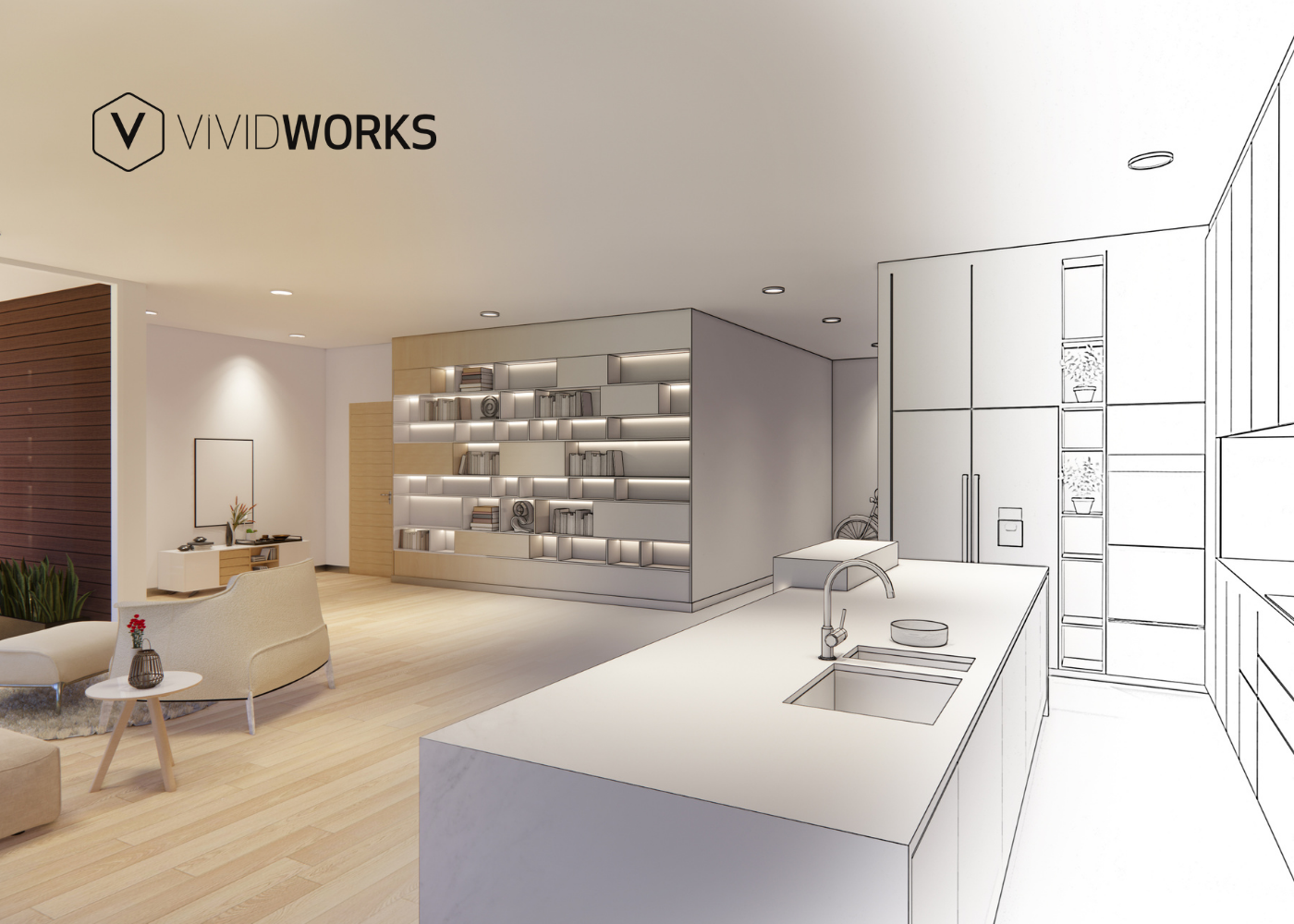eCommerce has fueled sales growth, but return rates are still a big challenge for brands, especially with complex, tailor-to-order products. A small mistake in specs combinations can render finalized items useless, sparking buyer frustration and driving costly returns.
Do you think about any technology that can reduce these commerce returns?
3D and AR can help decrease return rates by 5% and increase conversion rates by 94%. That’s when many sellers turn to 3D product configurators. They allow customers to see and customize products with 3D views, boosting their purchasing confidence. As a result, buyers can feel less confused, more trustful in products, and less likely to make returns.
This blog will explore how 3D configurators help reduce product returns and clarify why eCommerce stores need 3D product customization tools. Without further ado, read now!
The Financial and Operational Burden of Returns
Forbes, in an October 2023 report, says the “total cost of online returns breaks $200 billion,” potentially eroding the annual profit margins of eCommerce brands. This is much more serious for bulk, complex items like furniture—higher shipping fees and difficult recycling.
Returns also strain logistics because they require reverse warehouse space. Meanwhile, customer service teams handle more work to resolve disputes. But it doesn’t stop here! Restocking fees, damaged goods, and lost sales add up so fast, harming your branding.

Many tools are employed to help improve return sales, and 3D product configuration is one promising trend. To gain a deeper understanding, let’s explore the next few parts.
What are 3D configurators?
3D product configurators are product configuration software that lets users customize and visualize their designs in 3D views in real time—they do much more than 3D viewers. Additionally, they are advanced visual configurators with extensive features, such as dynamic pricing and quote generation, virtual reality (VR), and augmented reality (AR).
However, optimizing the performance of 3D configurators for sales could be challenging at first. Therefore, learning how to implement 3D sales configurators is key to success. Combining them with other 3D eCommerce trends also helps unleash their full potential.
The power of personalization and close-to-reality visuals
Using static 2D images to showcase products in your online retail stores might confuse customers about finalized designs as they only see everything via a flat. In contrast, 3D previews offer a more immersive shopping experience, allowing customers to explore every angle and detail of a product to clarify what is displayed in products accurately.
3D configurators are one of the most effective solutions to address this. Users can interact with 3D visualizations, rotating and zooming in to see products in 360 degrees. This dynamic experience can reduce purchasing uncertainty and increase buyer trust.
Don’t forget that these configurators allow for personalization by offering users the ability to build, design, and customize their own product designs without technical skills. Moreover, with each product customization, 3D product configurators can ensure real-time updates on products, which is essential for keeping users updated constantly.
AR further enhances the performance of 3D configurators for eCommerce, letting users place their customized products virtually in their own space. For example, seeing a sofa in the living room via AR ensures it fits physically and aesthetically. This contributes to removing the guesswork in buyers and making online shopping more reliable than ever.
Last but not least, the benefits of 3D configurators for online retail stores can exceed. Increased orders, saved efforts and time, and reduced sales processes can be attained.
VividWorks in action: Reduce your store return with the VividWorks 3D product configurator
Although product configurators for eCommerce have diverse features to transform sales, look for some crucial ones to help perform how to reduce returns in eCommerce well. Below are the 4 following features that you can consider for your own 3D configurators.
- Real-time 3D visualization
With traditional product configurators, many buyers find clarifying what they receive for their purchase challenging and confusing. This is because static visuals or 2D images are not interactive enough to understand and imagine how these products look and fit. Consequently, if buyers are not satisfied with the finalized products, they will return them.
3D configurators ensure 3D visualizations in real-time. For instance, buyers can design sectional sofas—adjust fabrics or dimensions—and monitor a 3D view update instantly. This versatility reveals every detail accurately, so they are not left guessing during their shopping journey. Everyone can buy products with more clarity to minimize return rates.
- Rule-based configuration
When it comes to complex products like furniture or kitchens, selecting random finishes or hardware based on your preference can lead to mismatches if unchecked by experts. This is one of the most common reasons for unsatisfactory and mistaken designs.

Setting up rule-based configuration in 3D product configurators ensures only workable specs combinations, helping deliver manufacturable finalized designs. In other words, sellers keep personalization error-free, sparing retail stores the cost of returned misfits.
- Visual Configure, Price, and Quote (Visual CPQ)
Do buyers have accurate real-time configurations but can not check prices and get quotes?
This is not meaningful to turn experiences into sales. Buyers do not prefer discovering product designs; they need to clarify the finalized prices and quotes. It is simply because the budget is always limited, and returns can happen if this expectation is not satisfied.
That’s when sellers should consider using Visual Configure, Price, and Quote (Visual CPQ) in their own 3D configurators. Customers can build and personalize their designs, see real-time pricing, and get instant quotes. This minimizes the burden of hidden shipping or tax costs that often drive returns—it might be much more serious in eCommerce firms.
- Augmented Reality (AR)
It is not only for 3D previews to evaluate the finalized designs, but it is also important to let buyers know how products fit their own spaces, especially for furniture pieces. Once they make an order with confusion, they are more likely to return after checking in reality. It is not truly comfortable to enjoy housing and working spaces with unmatched items.
This is where Augmented Reality (AR) comes into play. AR allows everyone to visualize their designs in their real-world environments, ensuring a like-life experience. Whether they’re trying out furniture in their living room or testing colors, AR can bridge the gap between imagination and reality for better decisions. That’s also why 3D configurators are highly evaluated to offer immersive 3d configurations for furniture to engage customers.
- Seamless integration
Many merchants decided to manage the design and logistics steps separately, which could lead to errors in manual handoffs and delivery of the wrong designs and finishes. This chaos further frustrates buyers—feel your service is not reliable enough to respond.
Therefore, seamless integration with eCommerce platforms, CRMs, and ERPs is crucial to ensure accuracy, efficiency, and a smooth operation and customer experience. Sellers can automate their workflows, maintain real-time updates, and reduce miscommunication. This minimizes the risk of returning unexpected orders from buyers.
Apparently, 3D product configuration, where users can work with all of these features, makes VividWorks one of the best 3D product configurators for eCommerce. It also offers a 3D Space Planner, where users plan their space and put their designs at the same time.
Conclusion
Our blog has clarified how to reduce returns in eCommerce, using 3D configurators to offer more interactive 3D visualizations, dynamic pricing and quotes, and personalization. However, the benefits of 3D configurators for online retail stores can be much more: increased customer satisfaction, higher conversion rates, and optimized sales processes.
Looking to integrate a 3D product configurator into your store? Book a free demo with VividWorks and ask for the best practices for using 3D configurators to reduce returns.
Table of Content
-3.avif)
Streamline your process today!







